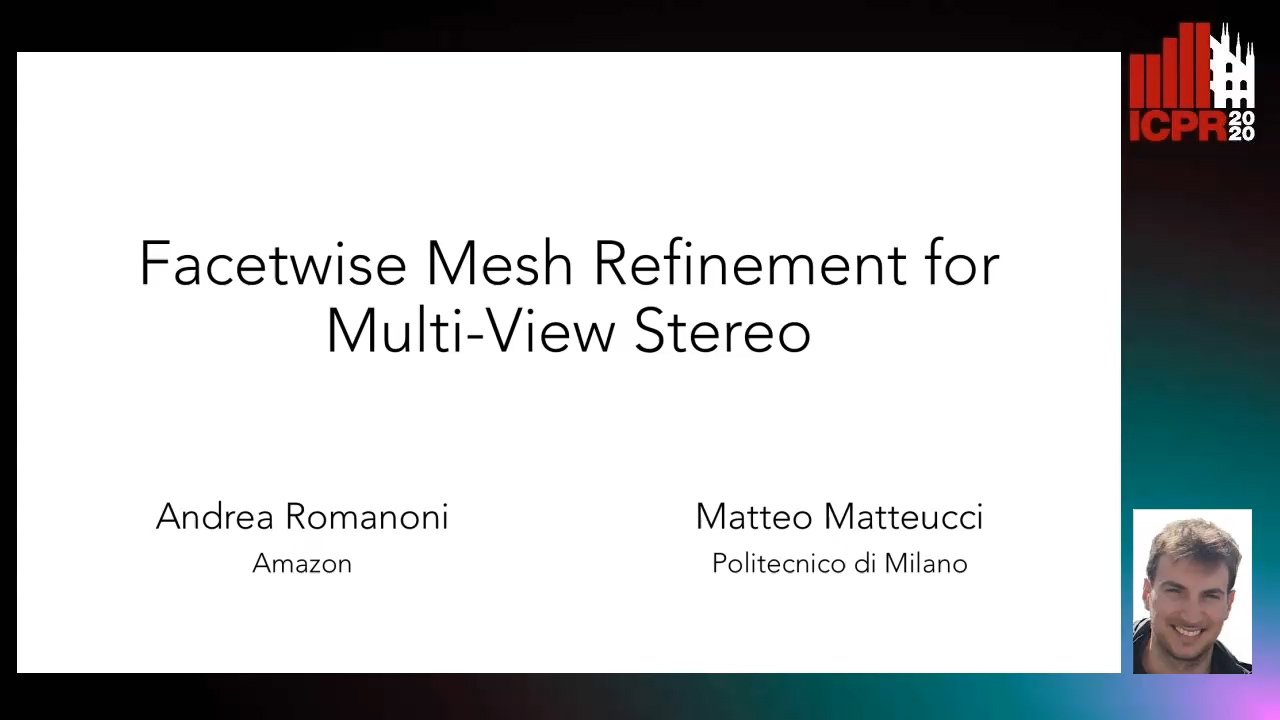Matteo Matteucci
Papers from this author
Facetwise Mesh Refinement for Multi-View Stereo
Andrea Romanoni, Matteo Matteucci

Auto-TLDR; Facetwise Refinement of Multi-View Stereo using Delaunay Triangulations
SECI-GAN: Semantic and Edge Completion for Dynamic Objects Removal
Francesco Pinto, Andrea Romanoni, Matteo Matteucci, Phil Torr

Auto-TLDR; SECI-GAN: Semantic and Edge Conditioned Inpainting Generative Adversarial Network
Abstract Slides Poster Similar